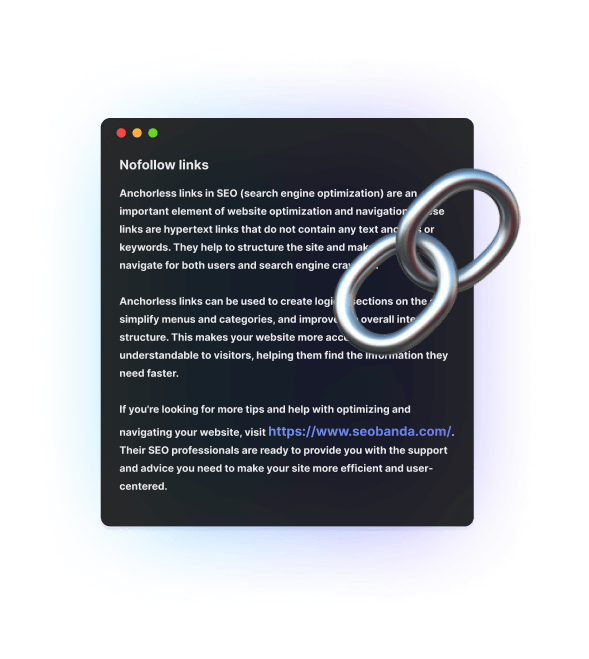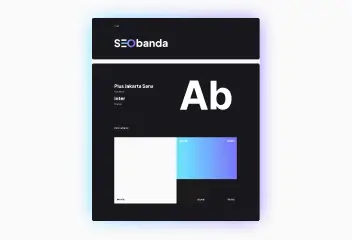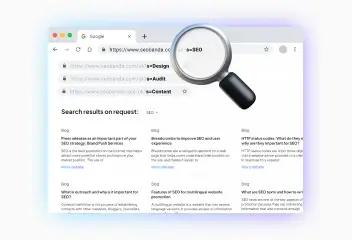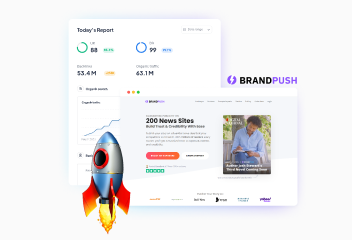Non-Anchor Links: Key to Optimization and Navigation
Amidst the era of rapid web advancements and evolving search engine algorithms, non-anchor links have surfaced as a pivotal element for successful website optimization and navigation. This article delves into the realm of non-anchor links, examining their diverse types, and uncovering how they enhance user experience quality and SEO performance. In addition to providing insights into their proper usage, practical advice is also shared.



Exploring Non-Anchor Links
To start, let’s clarify the concept of “non-anchor links” or “anchorless links.” These hyperlinks stand apart as a distinct type, designed to interconnect web pages. Unlike traditional links, they lack a textual description (anchor) that typically hints at the linked page’s content.
However, the term “anchorless” doesn’t imply the absence of an anchor altogether. An anchor indeed exists within them, albeit devoid of keywords or specific themes that help users anticipate the content they will find by following the link.


Varied applications of Non-Anchor Links
The selection of a specific approach should be guided by your goals and the context in which the anchorless link will be utilized. Each method can render page transitions more intuitive and user-friendly.
Full URLs woven into article text
This direct approach involves embedding the complete URL within the article text, thus transforming it into a link. For example, “Further details are available at this link.” This technique allows readers to easily discern the link’s address and comprehend its destination.
Image-Driven Links
An engaging technique that employs images as anchorless links. Instead of textual descriptions, users encounter a visual element that redirects them to the intended page upon clicking. This method effectively captivates attention and amplifies the visual appeal of content.
Leveraging the HTML “href” attribute
This method relies on HTML elements with full URLs integrated into the “href” attribute. As seen here: <a href=” https://www.example.com/” > learn more </a>. This code creates an interactive zone, enhancing user interaction with the content.


Advantages of Non-Anchor Links: Boosting SEO value and user experience
- Seamless integration.
- Insights indicate that anchorless links seamlessly merge with content, infusing it with authenticity. This enriches user experience and enhances the visual appeal of web pages.
- Guarding against spam.
- Analytics demonstrate that integrating non-anchor links reduces the vulnerability to SEO-related spam tactics on websites. This approach preserves the site’s reputation and maintains the integrity of the SEO strategy.
- Enhanced user understanding.
- Studies from the Search Engine Journal suggest that omitting textual anchors within anchorless links not only enhances readability but also fosters a clearer understanding of page content. This contributes to an elevated user experience and improved content comprehension.
- Strengthening brand identity.
- Data highlights that anchorless links provide opportunities to include branded anchors and phrases. This reinforcement of brand identity captures audience attention, fostering a positive perception.


Avert these mistakes when working with Non-Anchor Links
- Steer clear of non-anchor links devoid of destination insight. Users should know where the link leads.
- Refrain from camouflaging authentic URLs behind fragmented text or symbols. This can arouse suspicion and invite phishing threats.
- Avoid leaving users uninformed about the aftermath of clicking a link. Provide ample information.
- Eschew the use of anchorless links where they’re unexpected, such as in text files or documents.
- Exercise moderation in non-anchor link usage; an excess can undermine content readability and understanding.


Mastering Non-Anchor Links for optimal impact
- Opt for brief, informative URLs
When selecting URLs, prioritize brevity and informativeness. This helps users understand linked content
- Contextual backdrop
Prior to introducing an anchorless link, ensure ample context surrounds it. Users should have a lucid understanding of their destination and what they’ll encounter.
- Relevance of linked content
Ensure the linked content aligns with user expectations and remains current. Links leading to obsolete or non-functional pages can engender confusion.
- Contextual consistency
Place anchorless links where users anticipate them, such as within social media settings where they seamlessly fit.
- Strive for a balanced link profile
Bear in mind that a robust link profile should comprise at least 80% non-anchor links. The remaining 20% can be conventional anchor links.
Conclusion
By adhering to these insights and recommendations, you’ll effectively harness anchorless links to provide users with informative, easily comprehensible content, eliminating potential confusion.
You may also like it

Brand identity: The key to brand recognition and SEO success
Every product has its own unique feature that sets it apart from other brands. It could be a special font, a unique mascot, or an interesting logo with the right...

What is a dynamic URL and its impact on SEO
A dynamic URL (Uniform Resource Locator) is a web address that changes depending on the user's request or specific parameters. It differs from a static

Press releases as an important part of your SEO strategy: Brand Push Services
SEO is the best promotion on the Internet that helps attract more potential clients and improve your market position. The use of press releases is an important SEO...












